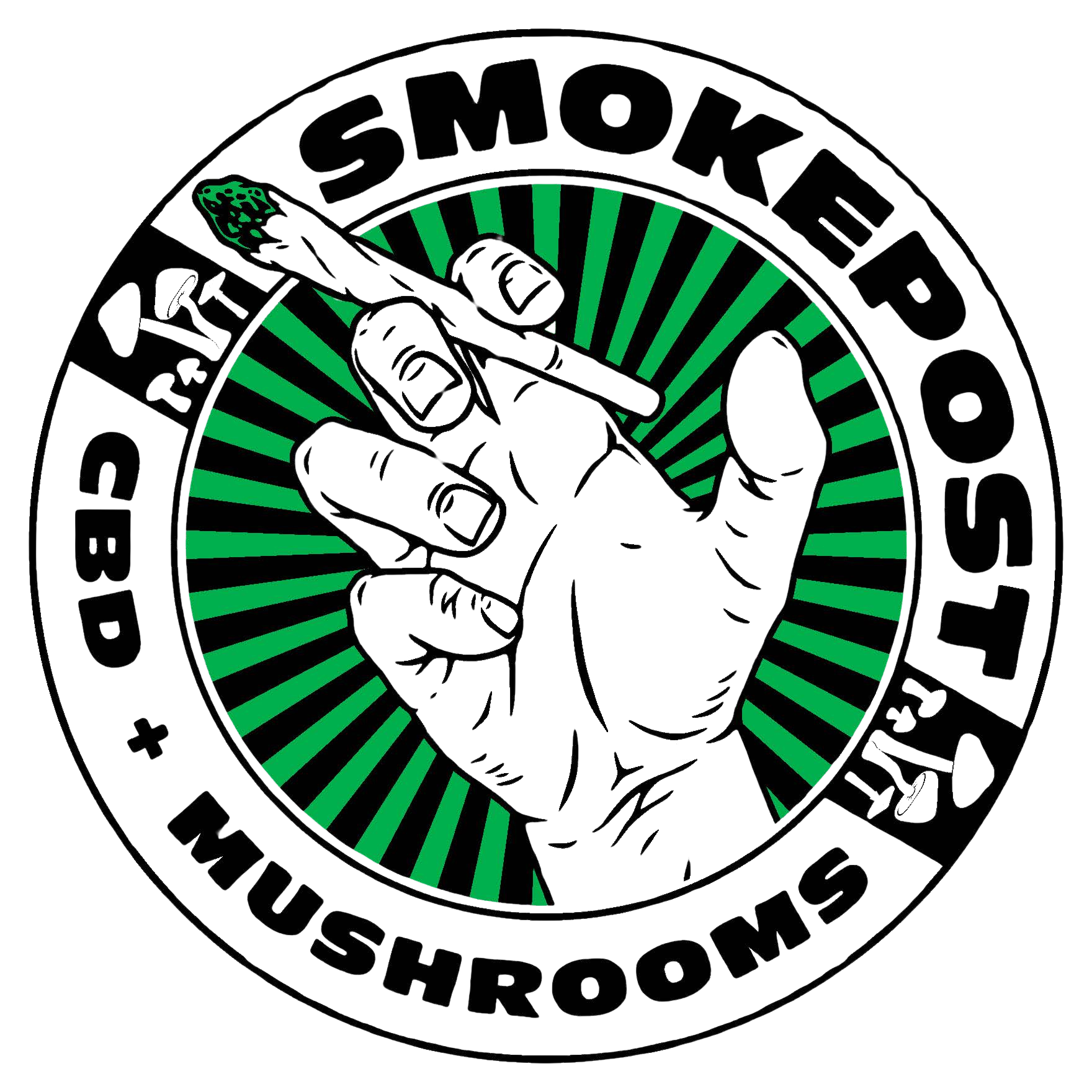If you use cannabis for a prolonged period, you are likely to develop preferences for certain strains, especially Indica and Sativa. According to research, these two families have distinctive qualities and offer specific effects. Still, these qualities are often not recommended for every user, and a comprehensive guide on these strains can help you better understand what you are consuming. That is why it is important to explore the different chemotaxonomy of cannabis before you look for any CBD oil in Chicago.
What You Need to Know
Sativa imposes the-high effect, which is often energetic and uplifting. To elaborate on these effects, experts describe them as hallucinatory or heady. For example, after using Sativa, an individual tends to develop an optimistic perspective; that is, they start seeing the world from a positive perspective, believing or hoping that outcomes in their endeavors will be better, desirable, or favorable than negative. The cannabis strain also induces a sense of well-being and has the capacity for pain relief.
Indica Strains
Indica strains, on the other hand, are characterized as stress-relieving, relaxing, and calming agents. For instance, they can effectively combat body pain, and experts find them useful in insomnia treatment. You can also have the body-high effect – often called the ‘in da couch’ effect – after using potent sedative Indica strains, suggesting high levels of THC (the high causing agents). When your liver breaks down THC into psychoactive compounds and releases them into the bloodstream, they change the way you feel – often referred to as the high. But the degree of the effect depends on the ratio and concentration of psychoactive compounds in your blood.
Although these effects are expected for every cannabis user, some experience opposite impacts. The general perception is that Sativa causes sleepiness while Indica energizes and uplifts. Considering recent analytical data by Leafly, a side-by-side comparison on two Sativa strains, the primary effects are energizing and uplifting. But this data only accounts for a certain number of strains since others like the voodoo strains have an entirely opposite effect. That makes it hard to precisely define cannabis chemotypes based on a few phenotype categories, following a large number of available chemotypes.
More About Indica vs. Sativa
The following is a quick look at plant morphology – a widely used formula in the classification of cannabis cultivars:
Sativa
- Tall in stature
- Narrow leaves
- Extended flowering life cycle
- They adapt well in long seasons with warm climates
Indica
- Short in stature
- Broad leaves
- Shorter flowering life cycle
- They adapt well to shorter seasons with cold climates
The simple classification above concerning Sativa vs. Indica is useful for cultivators. Still, it doesn’t provide a thorough description of their therapeutic effects and chemical aspects to most consumers. This limitation is most likely to cause confusion during purchase, especially when the same product has varying impacts. Each cannabis user will react differently to cannabis compounds based on the chemical reaction in their Endocannabinoid System, even with low concentrations of cannabinoids.
Cannabis has impressive medicinal properties, but we need a more elaborate classification system than the typical Sativa vs. Indica to understand better. A more sensible system might be based on concentration levels of terpenoid and cannabinoids and might account for both recreational and medicinal use. After all, cannabis plants majorly classify their chemical composition and genetic identity based on the ratio of terpenoids and cannabinoids in their flowers.
Cannastamp is another way to convey product information, and it is a relatively progressive approach. Cannastamp uses a visual representation to display the relative amount of cannabinoids and terpenes in cannabis products.
THC – Not Everything Said is True
Contrary to the popular belief that THC represents quality or efficacy, a better approach, accounting for the relative ratio of terpenes and cannabinoids, is now in play.
To get a more comprehensive understanding of the various medicinal properties of cannabis products and have precise expectations of their psychoactive and therapeutic effects, we must first consider the chemical profiles and different compositions of terpenoids and cannabinoids.
Cannabis carries many active components, complicating the traditional approach that focuses on researching every active compound. But if we focus on well-developed clinical trials or studies and separate chemical varieties, we may observe correlations in particular chemical characteristics, and record possible, positive biological effects.
An I-502 certified and Seattle, WA, laboratory called Confidence Analytics works purposely to reduce the effort in distinguishing different cannabis strains given their considerable chemical complexities. And even so, they work beyond the typical THC concentration, Indica or Sativa.
Confidence Analytics has more than 500 000 cannabis samples, and with support from Leafly, they are visualizing and analyzing the data. Data collection and analysis are vital to studying the applicability and efficacy of terpenes and cannabinoids. Typically, it’s also the first approach to chemotaxonomic classification.
Let’s Consider the Future
Indica and Sativa, the currently used labels, are bound to change with time. If you’re a cannabis consumer, you may find shelved products with names other than these. In addition, many cultivators are more likely to create balanced strains than base their selection on THC concentration, prioritizing ones with high concentrations.
Our bodies’ reactions tend to vary widely to particular compounds, and a mere label on a product as “energize” or “rise” will work pretty poorly to showcase the true quality of a given cannabis product. We should also consider whether certain product labels like “Candyland,” “White Widow,” or “Cookies and Cream” can competitively influence first-time cannabis users looking for medicinal benefits. And what’s more, it’s the right moment to review “bro-cannabis” culture.
For consumers to understand the precise therapeutic effects of certain products of cannabis, we need a wide-range implementation and a more transparent methodology that makes it simple to interpret the already complex cannabinoid and terpene profiles. As a result, consumers will have a better experience using cannabis.
Our entity’s primary concern should be acknowledging things we don’t understand and learning them because evolving means humbling oneself. In addition, consumer education should undergo fundamental evolution to appreciate further aspects of the cannabis plant, especially its multi-molecule nature. For details on cannabis strains, visit the CBD store in Chicago – SmokePost CBD Dispensary.
SmokePost CBD Dispensary,
1857 N Milwaukee Ave Chicago Illinois 60647,
(312) 210-3839
Find us on Social Media
https://www.facebook.com/smokepostbucktown/
https://www.instagram.com/smokepostmilwaukee/

